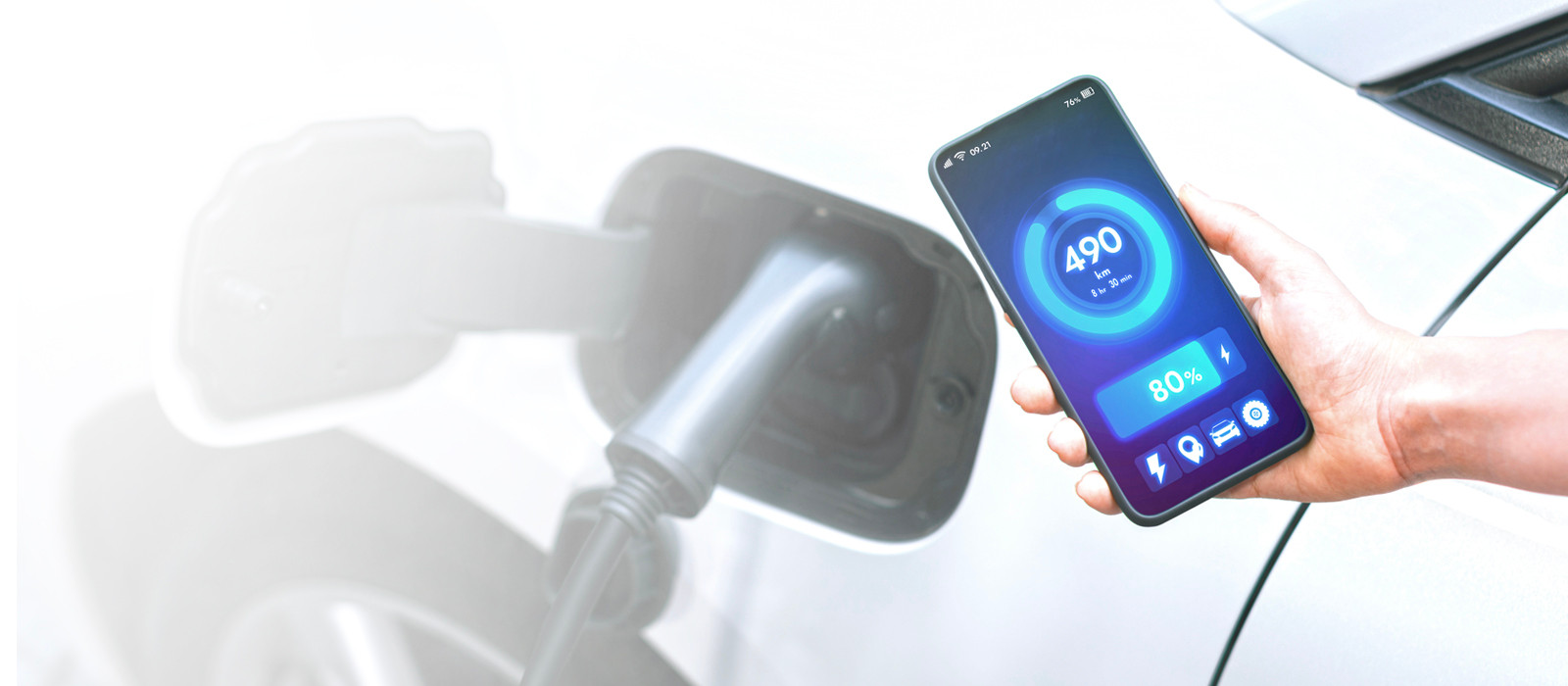Thirdly, consumers want to be entertained, with infotainment services providing the chance to deliver a truly enhanced driving experience - covering everything from social media to video streaming and gaming. Indeed, some gaming brands are viewing tomorrow’s cars as an opportunity to transform automobiles into real-life controllers. People will be able to use their dashboard screens, steering wheel and pedals to play games while inside their vehicles, bringing the gaming experience to life in a more immersive way. One manufacturer has even announced a headset-based virtual reality system, which pulls from the car’s navigational data to sync certain aspects of a game to the real-world driving experience.
Finally, consumers need to feel safe and secure when using tomorrow’s SDVs. Does your new car feature a dashcam? ADAS functions like pedestrian detection and avoidance, lane departure warning and correction, or traffic sign recognition? With automatic emergency braking and blind spot detection systems also on the rise, the National Safety Council reports ADAS technologies have the potential to prevent 20,841 deaths a year - about 62 per cent of total traffic deaths4.
These features and functionalities are personalising the driving experience, too. For instance, how about a system that automatically recognises when you’re driving in an unfamiliar area, and proactively brings up an on-screen visualisation of your surroundings? Or a data-driven driving experience, which takes into account the habits and needs of the individual behind the wheel? For example, a busy professional with a long commute will have a very different set of requirements than someone simply taking their children to school, or nipping to the shops. This could also extend to the in-cabin experience, tailoring a vehicle’s temperature, seat adjustment, choice of radio station, volume, and much, much more.
If customers understand the value they receive from sharing their data, then manufacturers can nurture greater loyalty, through personalised experiences that serve to make their customers’ lives better. The benefits of this approach are clear: greater user engagement, increased loyalty and stronger sales - particularly crucial as OEMs size up new opportunities for software as an additional revenue stream.









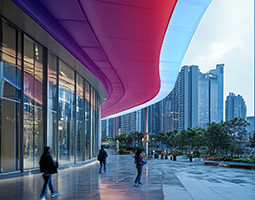




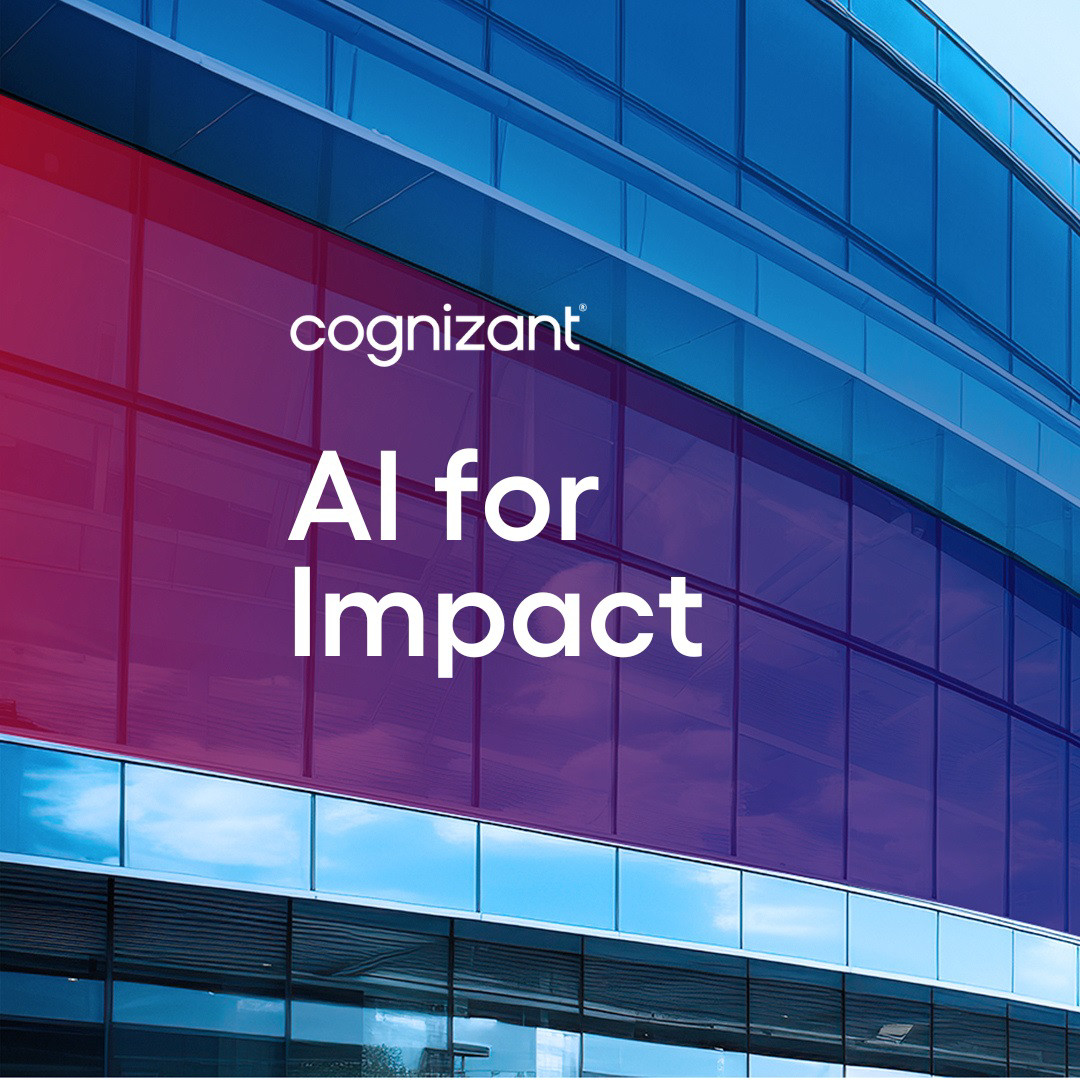



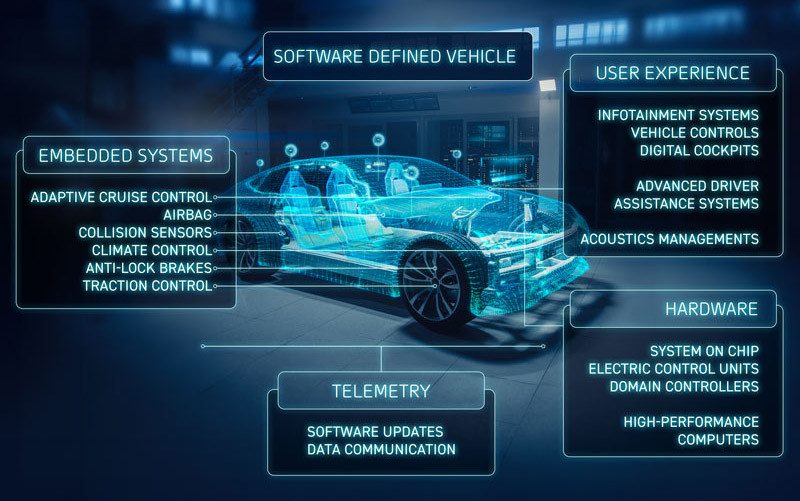

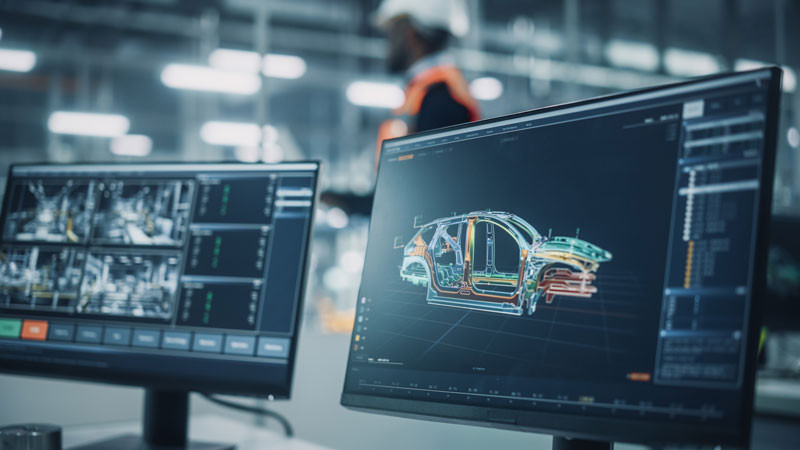
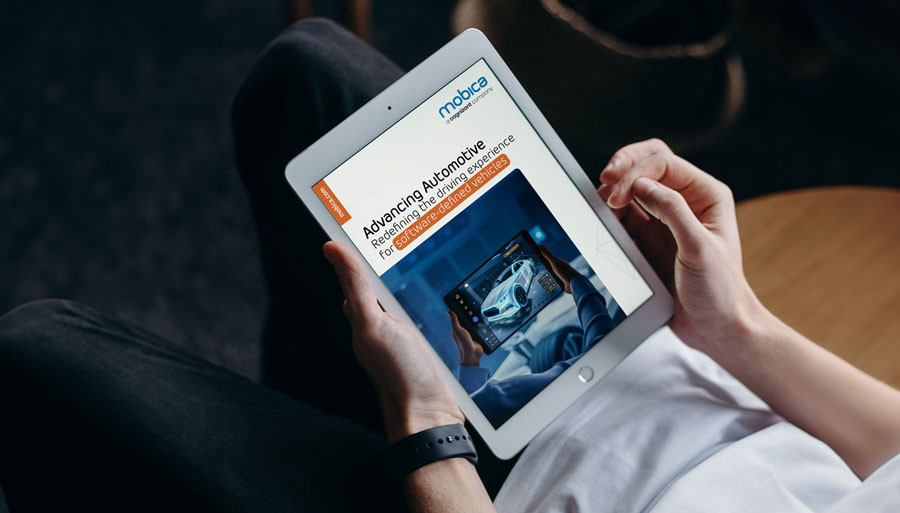
)
